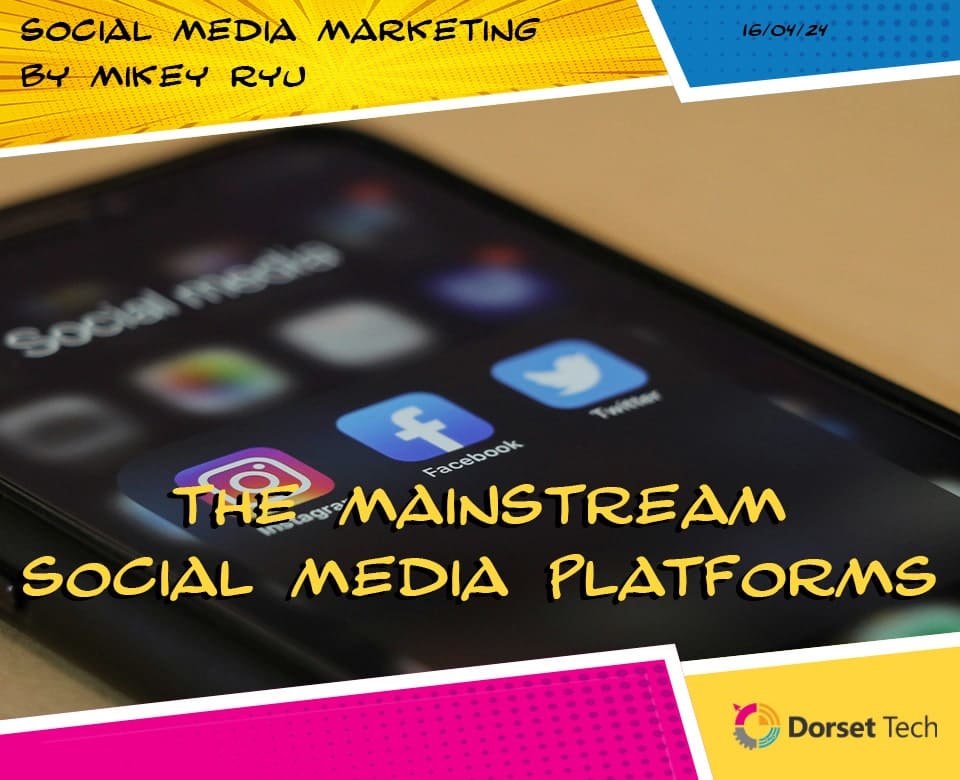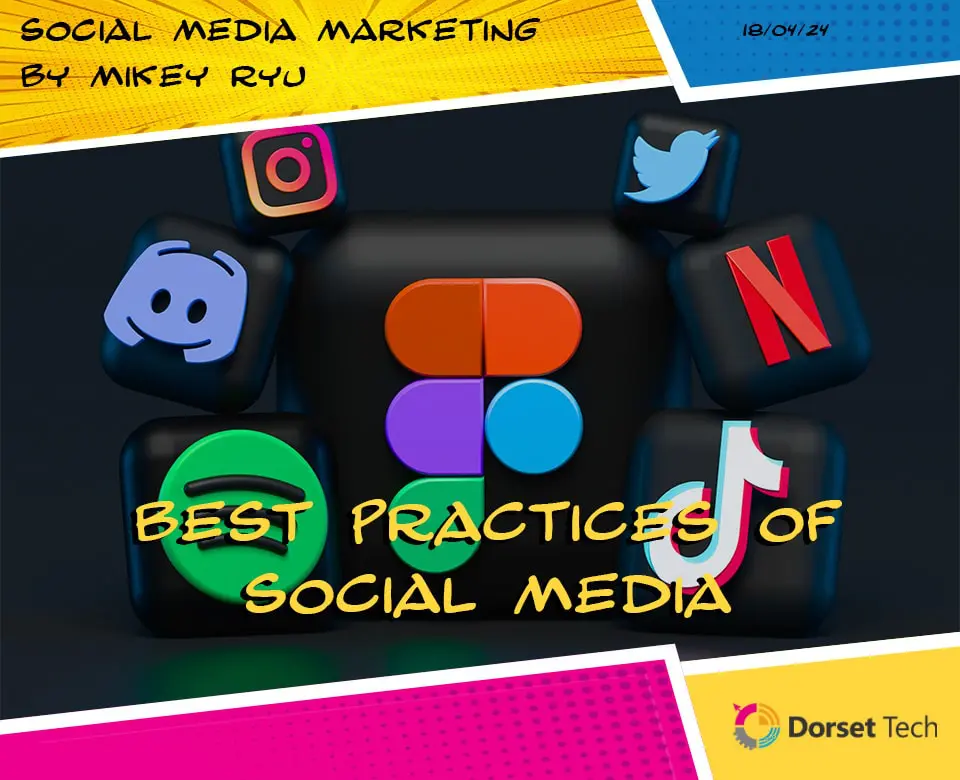
The Mainstream Social Media Platforms
In the ever-evolving realm of digital communication, social media platforms have emerged as the quintessential hub for connecting, sharing, and engaging with individuals and businesses worldwide. From the iconic blue of Facebook to the visually captivating feeds of Instagram, each platform offers its unique blend of features and functionalities, catering to diverse audiences and objectives. In this comprehensive exploration, we delve into the mainstream social media platforms, dissecting their key characteristics, audience demographics, and strategic advantages.
Facebook:
The Social Networking Pioneer With over two billion monthly active users, Facebook reigns as the undisputed king of social networking. Founded in 2004 by Mark Zuckerberg, Facebook has evolved from a college-centric platform to a global powerhouse, connecting people from all walks of life. Its expansive array of features includes personal profiles, business pages, groups, events, and a robust advertising platform.
One of Facebook’s standout features is its algorithmically curated news feed, which prioritises content based on user interactions and relevance. This dynamic feed serves as a virtual window into the lives of friends, family, and businesses, fostering engagement through likes, comments, and shares. Additionally, Facebook’s advertising platform offers unparalleled targeting options, allowing businesses to reach specific demographics, interests, and behaviours with precision.
Instagram:
Visual Storytelling Redefined Instagram, acquired by Facebook in 2012, has revolutionized the way we share and consume visual content. With over one billion monthly active users, this photo-centric platform has become synonymous with aspirational lifestyles, stunning landscapes, and mouth-watering food photography. At its core, Instagram is a visual storytelling platform, where users can express themselves through carefully curated images and videos.
Central to Instagram’s appeal are its various features, including the iconic square grid feed, Instagram Stories, IGTV, and Reels. These immersive formats enable users and businesses alike to showcase their creativity, personality, and products/services in a visually compelling manner. Moreover, Instagram’s emphasis on hashtags and geotags facilitates content discovery and community engagement, making it an indispensable tool for brand building and audience outreach.
Twitter/X:
Real-Time Conversations, 280 Characters at a Time Since its inception in 2006, Twitter has carved a niche for itself as the go-to platform for real-time conversations, news updates, and cultural commentary. Characterized by its succinct nature and chronological timeline, Twitter encourages brevity and immediacy in communication, with tweets limited to 280 characters.
Twitter’s appeal lies in its ability to spark global conversations, amplify voices, and drive viral trends in real time. From breaking news and live events to memes and hashtags, Twitter serves as a digital water cooler where users can engage with topics of interest and connect with like-minded individuals. For businesses, Twitter offers a platform to share industry insights, provide customer support, and humanize their brand through authentic interactions.
LinkedIn:
The Professional Networking Powerhouse As the world’s largest professional networking platform, LinkedIn occupies a unique space in the social media landscape. With over 700 million members spanning 200 countries and territories, LinkedIn serves as a digital hub for career development, networking, and industry insights.
LinkedIn’s suite of features includes personal profiles, company pages, LinkedIn Learning, and LinkedIn Live, catering to professionals across various industries and job functions. Unlike other social media platforms, LinkedIn prioritizes professional networking and content, with a focus on thought leadership, career advancement, and business-to-business (B2B) interactions. For businesses, LinkedIn offers unparalleled opportunities to showcase expertise, attract talent, and forge strategic partnerships within their respective industries.
Conclusion:
In conclusion, the mainstream social media platforms—Facebook, Instagram, Twitter, and LinkedIn—each offer unique opportunities for individuals and businesses to connect, engage, and thrive in the digital landscape. Whether you’re sharing moments with friends on Facebook, crafting visually stunning content on Instagram, participating in real-time conversations on Twitter, or networking with professionals on LinkedIn, these platforms empower users to express themselves, build communities, and achieve their goals. By understanding the nuances of each platform and leveraging their respective strengths, you can navigate the digital landscape with confidence and harness the power of social media to make an impact, foster connections, and tell your story to the world.





















